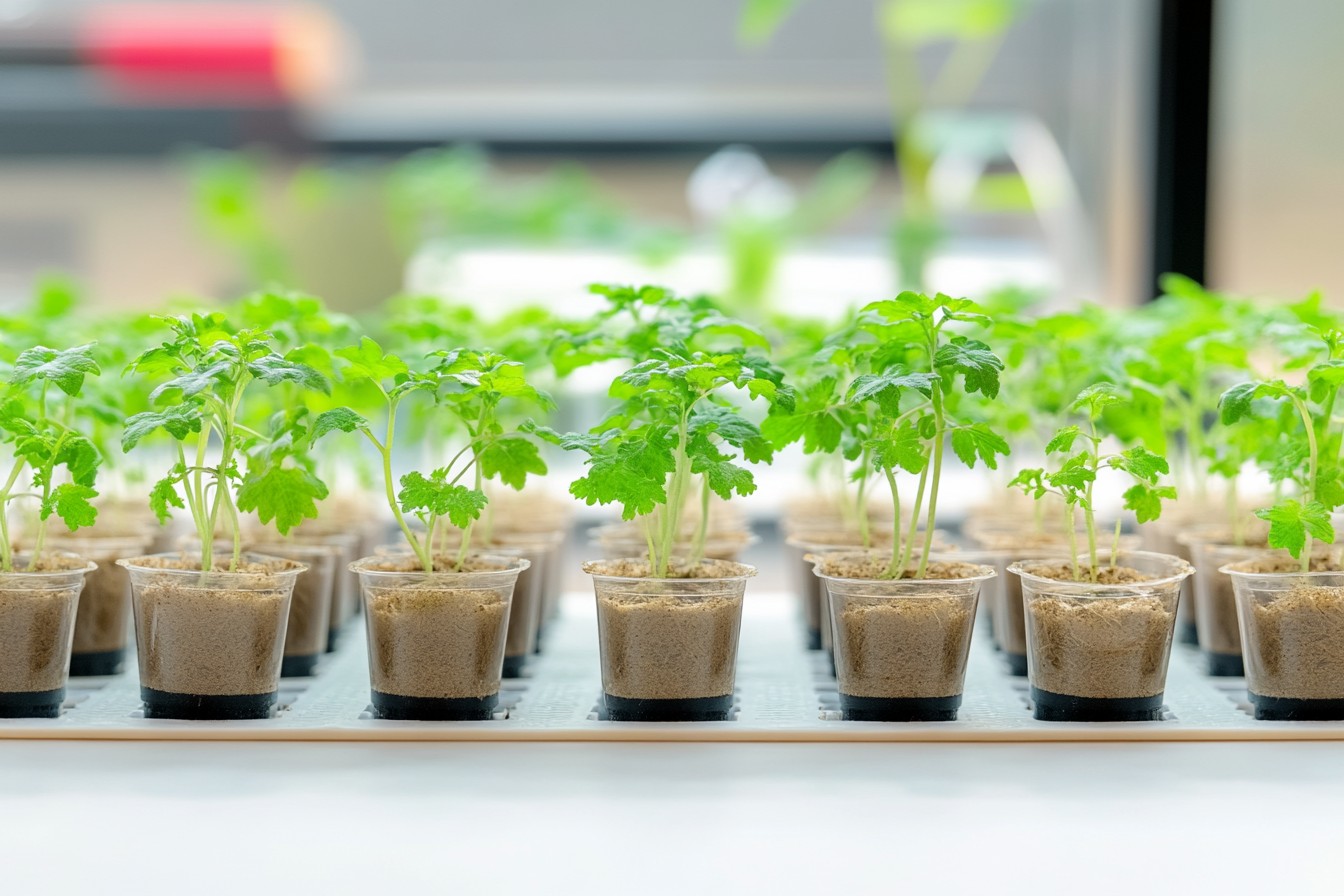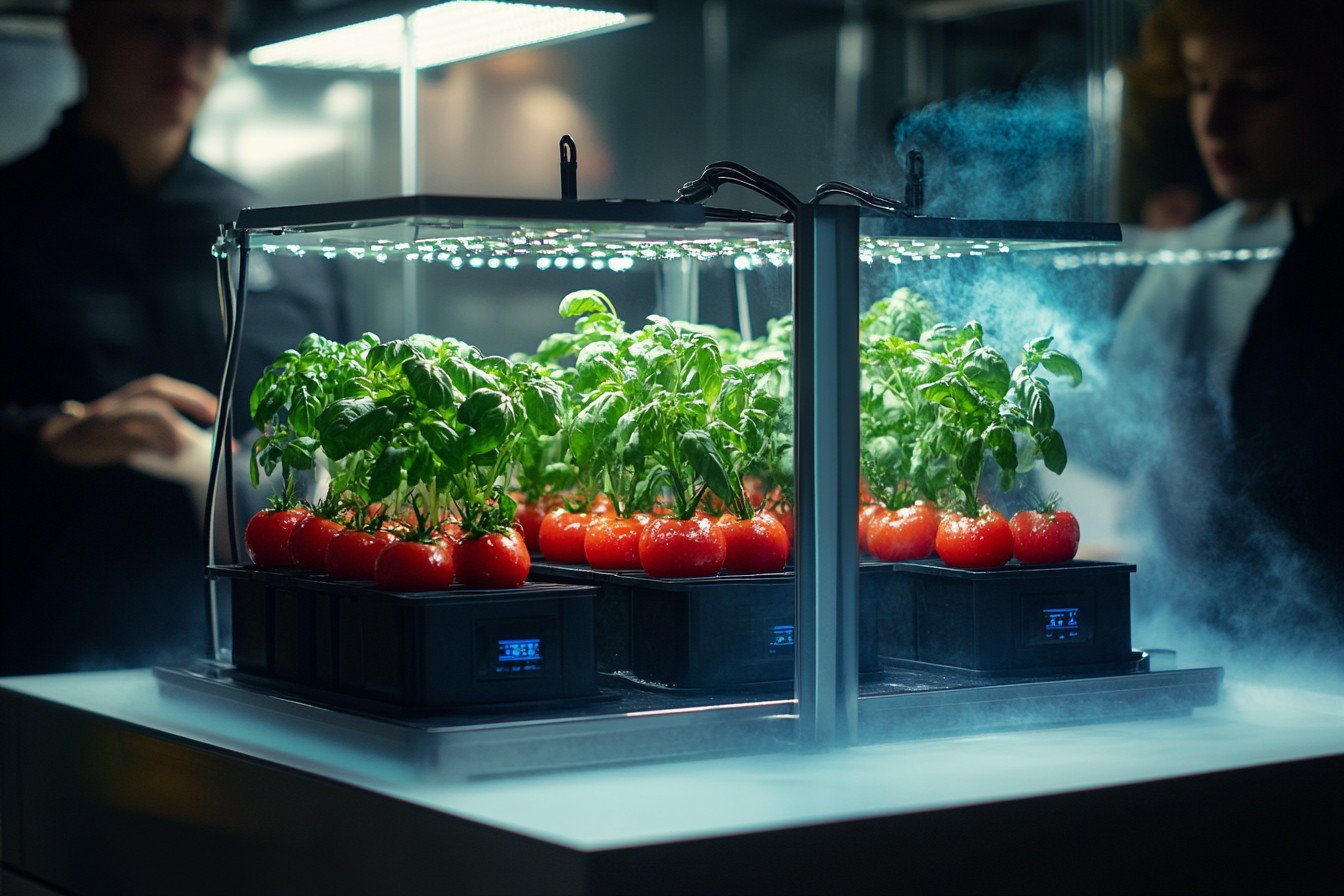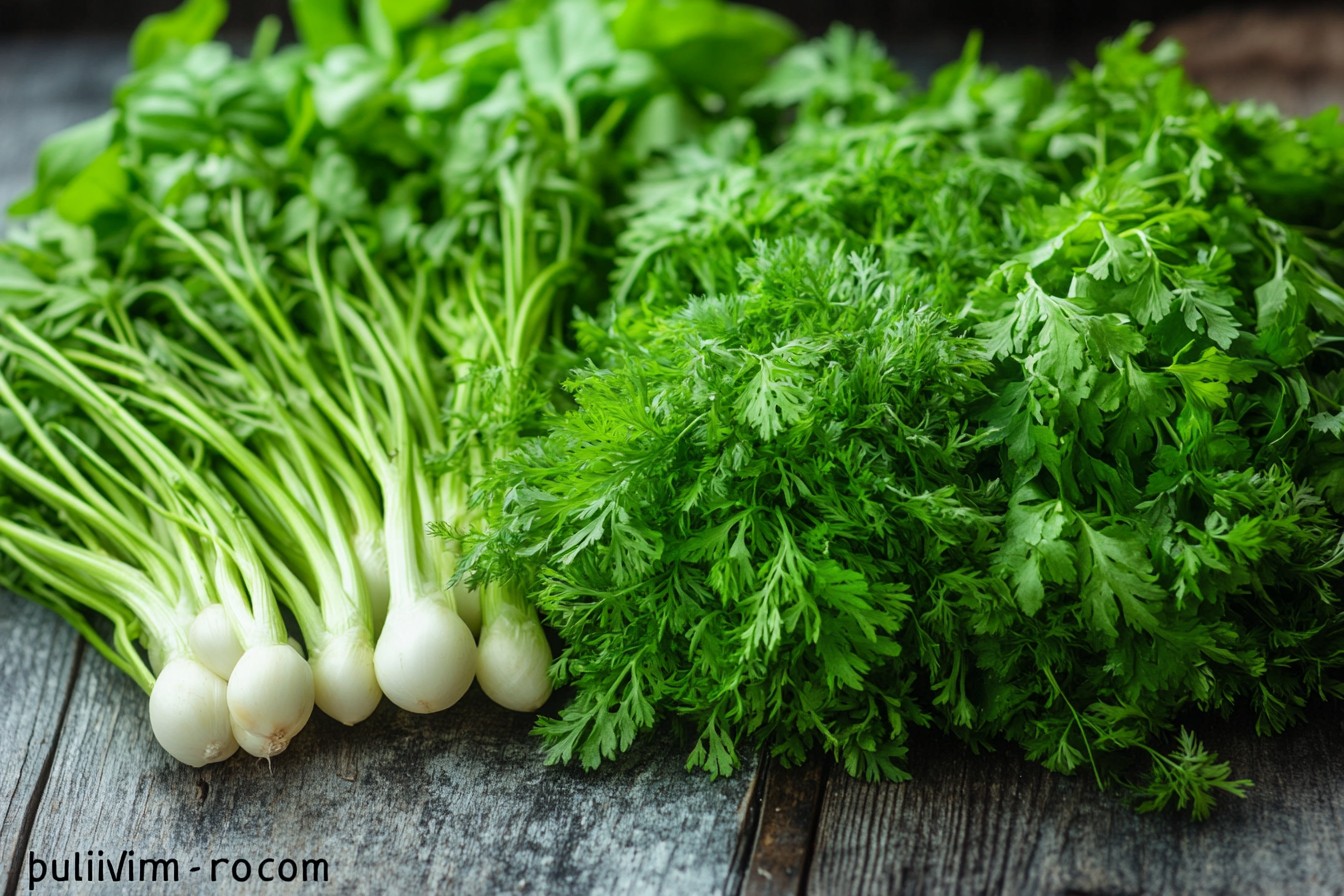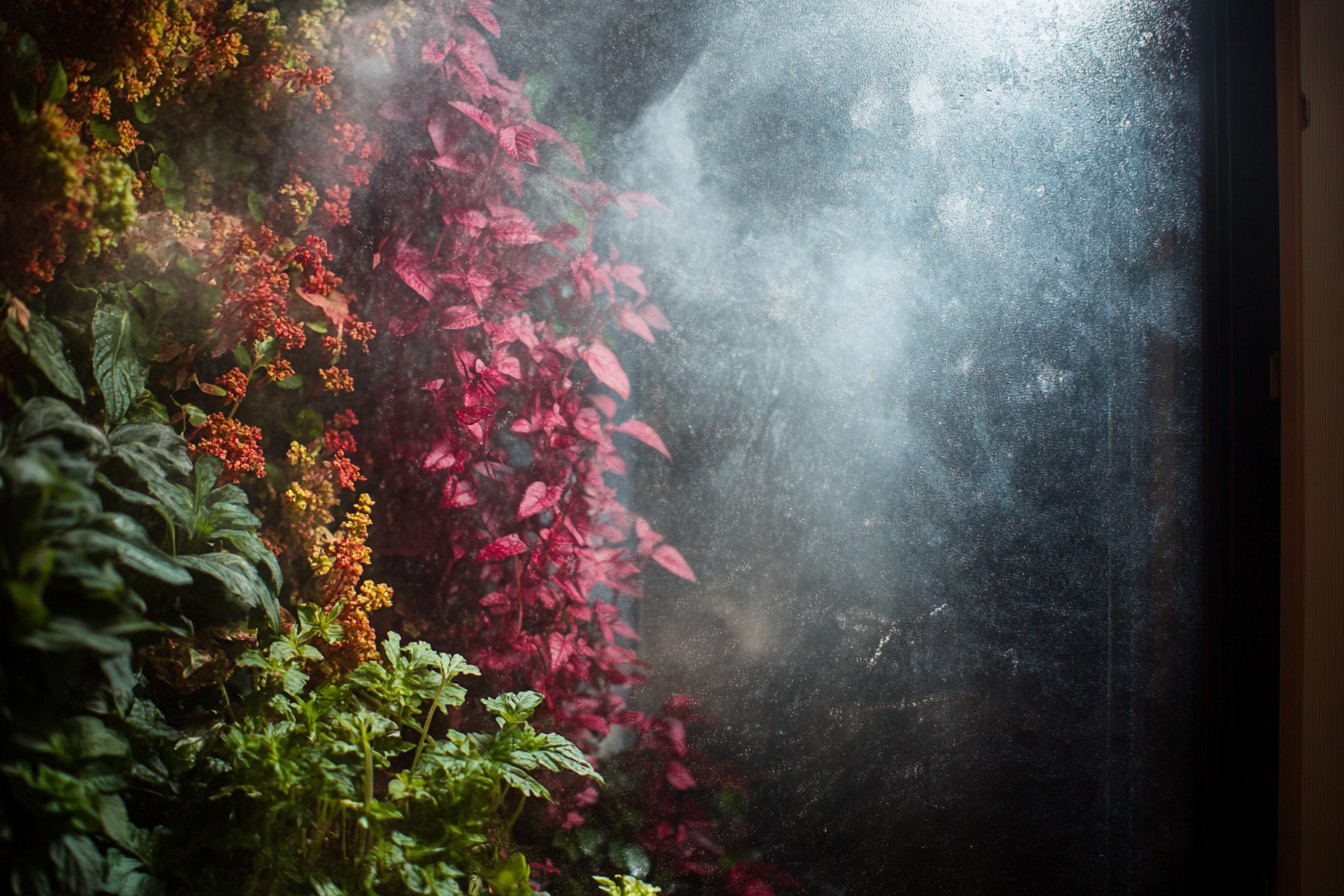So, I remembered that last month, I woke up to an idea that seemed great at 3 am but dubious at daybreak – an idea that always makes you wake up in the middle of the night to start etching down notes. This brilliant idea (or sleepless walk which is pondering the possibilities of A) all the hype around aeroponics seems useless, or B) trusting my hydroponic setup). I’m obsessing over wondering would give me better yield than hydroponics.
Break a normal person’s legs (or simply do the sensible thing, and see what other people have posted on google) for that wacky of a thing, I have decided on blowing my entire session plant budget (which in new speak means ‘quarter’) on a side by side showdown. And that led me to what my friend Tammy lovingly dubbed “Hydro vs Aero Thunderdome” sketch using conditions more suited for a lab than an apartment.
I set out with two contrasting systems where only plants, nutrients and the room stay constant—conditions and methods change. Pushing all of my ‘what could go wrong’ into one basket. Fortunately for this project though, I soon discovered, a lot.
Now, for people living under a rock—soil has been ditched entirely, both ‘blasphemous’ technologies have their own merits depending on which forum it is you happen to be scrolling through, or ‘revolutionary’ in the south during the winter for trad garden’. Still going back to earth, hydroponics don’t ‘grow plants’ operate under ‘growing’ guarantees direct water submersion with nutrients, while the aeroponic sister does suspends roots in savage air above misters that rain with nutrients.
My first of three subjects were basil (since I have been using it constantly), cherry tomatoes (hard to screw up), and cherry tomatoes (because I enjoy sadomasochism with fruiting plants in experimental systems). Each variety is to have six plants, three for hydro and three for aero. The control variables were out of hand; I measured light intensity with a PAR meter at every plant site, used the same batch of nutrient solution, kept temperature and humidity identical, and played the same Spotify playlist to each plant!
I want to state the absurdity of it all, and my plants growing playlist features a large amount of Enya, but that’s something else. Narrowing on the details, my hydroponic system is composed of deep water culture systems so the setup is just advanced buckets filled with air stones bubbling away.
I had to put $120 into building my hydroponic system excluding the air pump I already possessed. My aeroponic system set me back 340 due to size comparable to the other, but in this case I was getting a misting system. I’m no rich man, but that’s a lot of spending to put out in the initial purchase for me.
I could say Day one was a walk in the park. During germination, both systems showed the same crop, after all they were identical seeds. This went on in the seedlings stage as well, until around day twelve.
That’s when I believe the plot thickens. During week two, the aeroponic basil was apparently larger—an estimated 17% increase according to my possibly excessive measuring routine of recording two times a day with calipers, because I seem to have far too many interests. The growth of true leaves in the aeroponic lettuce was ahead as well.
At this stage of growth, the tomatoes had only started to show minimal differences which seemed inline with their slower early growth. Then came my main hiccup. While I report to work (the only one that funds all these experiments for some reason), my timer on the aeroponic system decided to go rogue.
For 7 hours, instead of misting on an expected 15 seconds every 5 minutes interval, it completely… paused.
I returned to an expected ghost-like display when I came back; sad, wilted, and betrayed by technology. Hydroponic plants had been bobbing blissfully unaware of their aeroponics cousin’s death. Lesson one cancel everything: I’ve decided that the aeroponic systems are far faster and less forgiving.
When things go wrong, it tends to happen all at once and in the most dramatic fashion possible. After I nursed the aero plants back from the edge of death (note: I also added a backup timer system as well as an alarm that would text me in the case of the primary timer failing. Yes, I know this is overkill), the experiment went on. By week four, the differences were clear.
The basil grown in the aeroponic system outperformed its hydroponic counterpart by 42% in mass. The lettuce heads grown in the aeroponic system also exhibited a 27% increase in harvest weight compared to those grown in the hydroponic system, resulting in noticeably denser heads. The most remarkable difference was seen with the tomato plants. The aeroponically grown tomatoes began setting fruit almost eight days earlier than the hydroponic tomatoes.
This is also where things became more interesting. Consumption of water was measured during the 60-day experiment and the results turned out to be quite shocking. In the hydroponic system, 47 gallons of water were used due to top-offs and solution changes.
In the aeroponic system?
Only 19 gallons
This is an astounding 40% reduction in fertilizer used while still providing better results, proving that nutrient usage is just as effective.
But, and this is a significant but, maintenance hours on the other hand, were a completely different scenario. Hydroponic systems require about 20 minutes every week for upkeep, including pH checking, water topping, and filter cleaning as well as some occasional backfilling. Aeroponic systems on the other hand, require almost an hour of maintenance on a weekly basis, in addition to the delightful emergency texts in the middle of the night when the misting system misbehaves.
At 11 p.m. on a work night’s what I had to be doing. Emergency maintenance wasn’t also my favorite out of the many joys of life. Furthermore, complete power supply on the other end was an even greater shock.
My watt meter indicated the power usage for the aeroponic system was nearly 30% higher, due mainly to the high-pressure pump cycling several times an hour as opposed to the gentle bubble of the air stones in the hydroponic system. When it was time to harvest, the grand totals were:
Basil: Aeroponics yielded 2.7 lbs and hydroponics yielded 1.9 lbs.
Lettuce: Aeroponics yielded 4.3 lbs and hydroponics yielded 3.4 lbs.
Cherry Tomatoes: I was shocked to find aeroponics produced 8.4 lbs and hydroponics 6.2 lbs.
The differences in quality were slight, but still apparent. The flavor and aroma of the aeroponic basil were stronger which was confirmed by the highly scientific method of having my neighbor, Dave, eat pasta with both basils, and him shouting “definitely more basily, dude” after eating the aeroponic batch. Though the taste was the same in the lettuce, the aeroponic heads were much crisper.
The aeroponic tomatoes had better sized fruit, but neither set of plants was better in taste. So what is the final verdict after two months of meticulous calculation, numerous emergency measures, and having data that could cause a spreadsheet to malfunction? If your goal is growth rate, crop yield and water efficiency, it’s a no-brainer that aeroponics is better.
The productivity of every plant was better optimally and resulted in water savings that over time would be valuable. However, in comparison, the initial cost, maintenance time, complexity, risk of failure, and lack of reliability make hydroponics more appealing. The aeroponic system had a near total component failure two times while needing twice the maintenance time and costing three times as much to build.
Despite all my attempts to simplify the matter it remains complicated. For the time being, I will continue using both systems as my hydroponics setup does a reliable job with low-maintenance everyday herbs and greens.
The aeroponics system is spectacular for intensive production, growing blasting growth plants, and space-limited gardening, but transforms my gardening into a high-maintenance Ferrari; the efficiency results are remarkable but so demanding. The hydroponic system however is reliable and gets the job done in a carolla system with effortless performance capable of dealing with height and routine herb demands.
Would I suggest using aeraponics to a novice? Never, it’s the same as gifting a Formula 1 driving car to a learner.
Start with hydroponics to get used to growing without soil, then tackle aeroponics when you’re ready for the benefits and the headaches. The biggest shocker of this entire experiment? Seeing how quickly the “cool factor” faded away.
The first week, I paused during an orientation to showcase my system’s misting cycles with endless energy. Jumping forward to week six was quite the rude awakening, as that same misting cycle cacophony reinterpretation blaring at 3 AM made me rather suicidal. Oh, and cleaning day for the aeroponic system just so happened the same week I shattered my phone screen on the floor.
Serendipity? Perhaps. But trying to clean tiny mist nozzles perched atop a step stool while simultaneously wedged in a glass-filled thumb climbs unnecessarily high on the frustration index.
Would I do this experiment again? Tell me after I clear the credit card bill from all this equipment, but I also want to know if paying the bill prior to the experiment would change my perspective. Regardless, the data nerd in me found the whole process stimulating, despite every ounce of laziness screaming in my ear insisting conventional soil wasn’t so bad.
My next challenge is seeing whether my DIY Dutch bucket system will best both of these technological advancements. I guess I really haven’t learned my lesson about doing too much… As always, your mileage may vary.
Light settings, room temp, humidity, and whether or not Mercury is in retrograde (joking… kind of) will all dictate how you perform. That’s both the beauty and headache of this pastime, no two systems work with the same efficiency, even when you’re being monitored and measured with calipers twice a day.
If anyone has a pressing need for basil, I have enough to serve a small Italian restaurant. Recipes, please.











